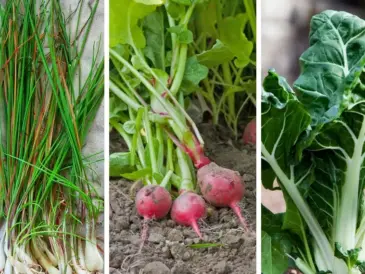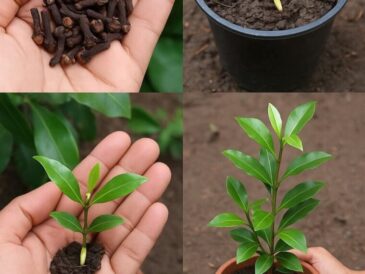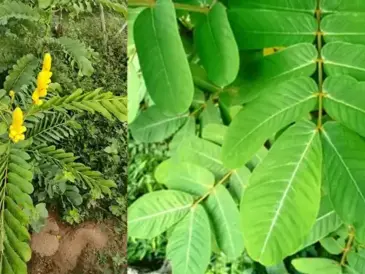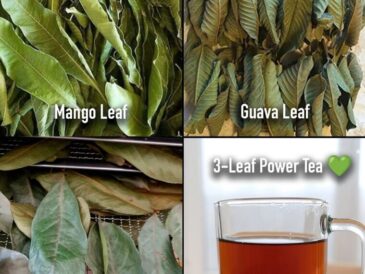When you’re out enjoying the outdoors—whether it’s hiking, gardening, or just taking a walk—you might come across a plant that looks harmless but is anything but. Poison Hemlock is one of the most dangerous plants in North America, and it’s easier to stumble upon than you might think.
This guide will help you recognize it, understand why it’s so dangerous, and know what to do if you ever come in contact with it.
What Poison Hemlock Looks Like
Knowing how to identify Poison Hemlock can literally save your life. It’s often confused with edible plants like wild carrots or Queen Anne’s Lace, so it’s important to pay close attention to these features:
- Height: Grows between 6 and 10 feet tall—yes, it can tower over you.
- Flowers: Small, white blooms arranged in umbrella-like clusters.
- Leaves: Delicate and lacy, similar to parsley or carrot tops.
- Stems: Smooth, hollow, and green with distinctive purple or maroon blotches.
- Where It Grows: Look for it along roadsides, creeks, drainage ditches, fence lines, and the edges of fields.
If you see a tall plant with those purple-spotted stems, steer clear.
Why Poison Hemlock Is So Dangerous
This isn’t just a plant that gives you a rash. Poison Hemlock is extremely toxic, and every part of it—leaves, flowers, stems, seeds, and even the roots—can be deadly.
Here’s how it can harm you:
- Ingestion: Even a tiny amount can cause severe poisoning and potentially death.
- Skin Contact: Oils from the plant can irritate the skin, especially if they enter through cuts or get into your eyes or mouth.
- Inhalation: If you mow or burn the plant, inhaling the fumes can also be dangerous.
Children, pets, and curious foragers are especially at risk, so it’s vital to stay vigilant.
Signs You’ve Been Poisoned
If you—or someone nearby—have come in contact with Poison Hemlock, the symptoms can come on fast and require immediate medical attention.
Watch out for these warning signs:
- Nausea and vomiting
- Rapid heart rate
- Shaking or muscle weakness
- Difficulty breathing
- Complete paralysis
- Death in extreme cases
Time is critical. If any of these symptoms appear after potential exposure, call emergency services right away.
How to Protect Yourself
The best way to stay safe is to avoid Poison Hemlock entirely. But if you have to deal with it—like clearing land or managing a garden—follow these precautions:
Protective Measures:
- Wear gloves and long sleeves when working in areas where the plant grows.
- Never burn Poison Hemlock. The smoke is toxic and dangerous to breathe.
- Wash skin thoroughly with soap and water if you come into contact with the plant.
- Avoid touching your face or eyes until you’ve cleaned up completely.
If you believe the plant is spreading in your area, contact your local extension office or agriculture department to report it.
Don’t Confuse It With Look-Alikes
One of the scariest things about Poison Hemlock is how much it resembles non-toxic plants like:
- Queen Anne’s Lace (also known as wild carrot)
- Fennel
- Parsley
These plants often grow in the same environments and look strikingly similar, especially when young. The key differences are the purple blotches on the stems and the plant’s towering height.
Quick Comparison:
| Feature | Poison Hemlock | Queen Anne’s Lace |
|---|---|---|
| Stem | Smooth, purple spots | Hairy, no spots |
| Height | Up to 10 feet | Usually 2–3 feet |
| Smell | Musty, unpleasant | Carrot-like, sweet |
When in doubt, don’t touch it. And definitely don’t eat it.
Educate Others—It Could Save a Life
You might recognize the plant now, but many others don’t. That’s why spreading awareness is just as important as knowing how to protect yourself.
What You Can Do:
- Teach your kids not to touch plants they don’t recognize.
- Share this information with friends, neighbors, or local foraging groups.
- Help your community by reporting large infestations to local authorities.
Raising awareness can prevent accidental poisonings, especially in areas where the plant is common but not well known.
Final Thoughts: Know Before You Grow (or Go)
Whether you’re exploring the woods or just tending your backyard, being able to identify Poison Hemlock is a must. It’s not something to take lightly—mistaking it for an edible plant can lead to serious health consequences.
So next time you’re outside and spot a tall, white-flowered plant with purple blotches on its stem, you’ll know exactly what it is—and to stay far away from it.
Take Action Now
Don’t wait until it’s too late—get familiar with Poison Hemlock today.
✔ Check your yard and local trails for signs of it.
✔ Share this guide with people you care about.
✔ Report large infestations to local agriculture or extension services.
Stay safe. Stay informed. And always think before you touch.





